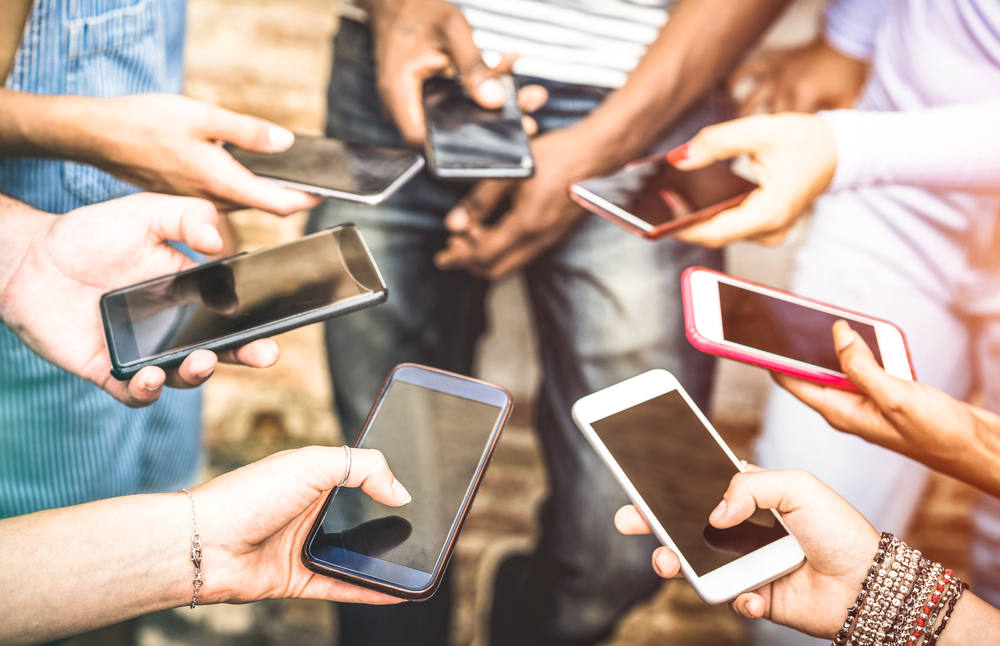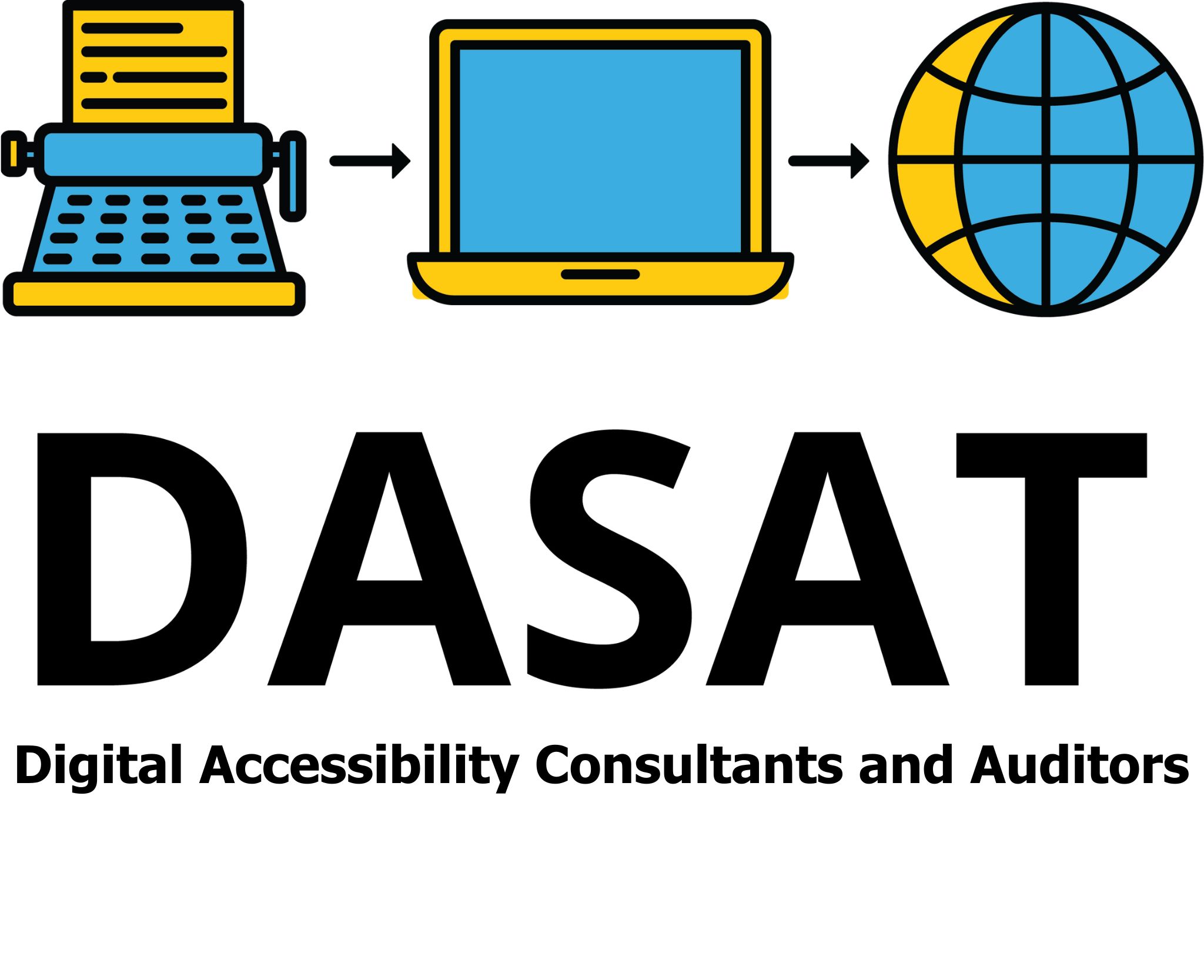
Light sensitivity, also known as photophobia, affects everyone from every age and background. It occurs when the eyes become overly sensitive to light, whether that is natural sunlight, fluorescent lighting, or digital screens. Symptoms range from mild discomfort to severe pain, often accompanied by headaches, squinting, or even nausea. People can experience light sensitivity at any time, however it’s especially common during migraines, eye strain, or after prolonged exposure to bright light. Understanding the triggers and environments—from brightly lit offices to outdoor spaces without shade, is essential in managing this condition. Causes vary from medical conditions like dry eye, neurological disorders, to emotional stress.

Glare and How is it Created?
Glare is a visual sensation caused by excessive or uncontrolled brightness. It occurs when intense light scatters in the eye, making it difficult to see clearly. Glare can be caused by a number of factors from direct sunlight, reflections off shiny surfaces such as water or glass, to bright artificial lights. Even digital screens can produce glare, especially if viewed in poorly lit environments or with high brightness settings. This phenomenon can increase discomfort for people with light sensitivity.
Does the Weather Affect Glare?
Weather conditions significantly influence glare. On sunny days, the intensity of natural sunlight can create harsh reflections off surfaces like roads, buildings, or water, increasing the impact of glare. Overcast days, while less bright, can still cause diffused glare as clouds scatter sunlight evenly, therefore reducing contrast and making it harder to focus. Snowy conditions are particularly challenging, as fresh snow reflects up to 80% of sunlight, creating blinding glare known as snow blindness. Windy conditions can exacerbate eye discomfort by causing dryness, which can heighten sensitivity to light and glare.

Digital Accessibility Eases the Burden
During periods of light sensitivity, digital accessibility becomes more important. Features like dark mode, adjustable brightness settings, and text-to-speech tools provide immediate relief by reducing visual strain. Websites and apps optimized for digital accessibility ensure users can engage with content comfortably, even when their condition flares up. For example, adding strategies such as clear text hierarchy, reduced motion effects, and user-controlled colour contrast make digital spaces more inclusive. Tools such as screen filters and blue light reduction settings also help reduce the impact of glare from screens. By prioritizing these features, businesses not only enhance usability but also demonstrate a commitment to health-conscious design. Accessible tools empower individuals to stay connected and productive without compromising their well-being.

7 Tips to Managing Light Sensitivity and Glare
There are several ways to manage light sensitivity and reduce the effects of glare.
- Wearing polarized sunglasses can minimize reflections and improve visibility outdoors.
- Indoors, using curtains, blinds, or anti-glare window films can help control the intensity of natural light.
- Adjusting the positioning of screens and using anti-reflective coatings on glasses or devices can further reduce glare.
- Maintaining proper hydration and using lubricating eye drops can alleviate dryness, a common contributor to heightened sensitivity.
- Additionally, taking regular breaks from screens and incorporating ergonomic lighting solutions can make a significant difference.
- Task lighting, which focuses light where it is needed, combined with surrounding lighting, can reduce the contrast that often leads to discomfort.
- People prone to light sensitivity may also benefit from consulting healthcare professionals to identify underlying causes and develop tailored strategies for relief.
Moving Forward

Light sensitivity and glare are more than minor inconveniences; they are conditions that can significantly impact daily life. Understanding the sources and effects of glare, as well as the role of weather in intensifying its impact, enables people to take proactive steps to manage their environment. Through the use of accessible digital tools and practical strategies, managing these challenges becomes more achievable. Prioritizing digital accessibility not only supports those with photophobia but also creates a more inclusive environment for everyone.
For more resources on accessibility and inclusion, visit DASAT.

